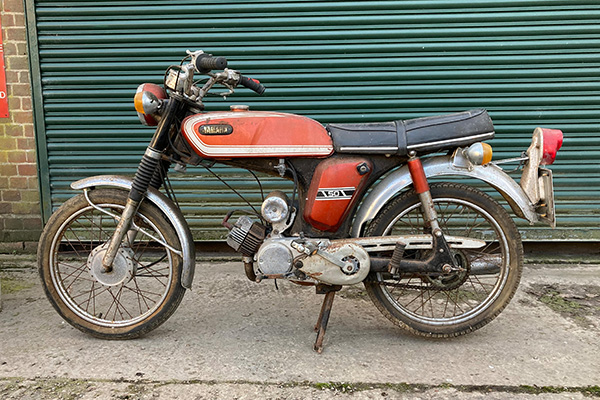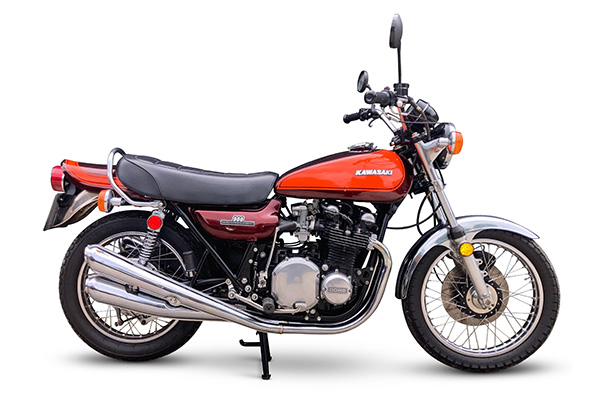The swings and roundabouts of classic bike buying. When to get on - or not bother.
It's an old saying, but tweaked for our purposes: "How do you make a small fortune out of classic motorcycles? You start with a big one..."
The experts, more so these days, will tell you to buy bikes you're going to enjoy, and, ideally, use - because there's very few that'll make you a bucket-load of money unless you bought them for peanuts decades ago, and stashed them away in perfect environmental (and financial....) conditions.
At best, most will simply retain value. And if you're collecting for investment or as a safe harbour for your hard-earned, then there's the consideration that you can't ride a painting. But the fact is it's a rare bike that's a true investment these days: all the more reason to spend on maintenance, get them insured and ride them.
Usage can actually help maintain value.
I know one collector who's quietly squirreled away twenty '60s, '70s and '80s Japanese bikes, from Yamaha FS1-E to Kawasaki Z1, for the past 30 years, with keeping them in good order seemingly turned into a part-time job. But, in its way, it's a payer.

Photo courtesy of Bonhams Cars
He's being saying to me for years that they're "money in the bank."
So one day I asked him what he'd paid for them. He pulled out an old ledger, and told me to the penny what he'd paid for each, and what they'd cost him to maintain and occasionally run. Then I looked up what they're currently selling for.
After I'd knocked about 30% off in recognition of current market reticence I calculated he was in possession of bikes that would, conservatively, sell for at least £120,000 after I'd chipped off that 30% cautionary down-valuing.
His total outlay was around £25,000 by the time he decided values had started to "get silly".
You have to ask would savings or a pension plan grown like that...
His collection features bikes which are about as original as they could be. There's a fine balance between maintaining "a patina" and cleaning them to fend off fade or corrosion. One, the FS1-E, looks like it's been dipped in oil and absorbed years of shed dust.
Well, that's not far off: a far-sighted previous owner covered it in WD40, stuck it on a Moto-X lift, to preserve the tyres and suspension, and threw a B&Q decorating sheet over it - but it seems dust knows few barriers.
That was in 1989. It was the last bike our informal collector bought, in 2019, just before values went nuts during the pandemic.
But, he says, he's beginning to think more and more about taking advantage of a market that's getting shaky, but he's being very careful.

Photo courtesy of Bonhams Cars
"It's a bit like waiting for the perfect storm on the perfect boat: weather, time of the month relative to payday, maybe a bike about which I know a lot if it needs a fix, or I have a rare part stashed away for it that's proving a barrier to the owner finding a buyer because he doesn't have it," he said.
"It's maybe about waiting. If it's at all humanly possible, go look at it. Don't get excited, and don't get critical, just be level. That's far more credible in the eyes of the seller, especially if you spend some time examining it closely and demonstrating some knowledge about the model. Then say you're going away to think about it - and wait for them to phone you.
"Then do a deal. And don't feel guilty if you feel like you're getting a bargain. It's the way of the world, there'll always be swings and roundabouts, the knack is knowing when to get on and when not to bother."

COMMENT